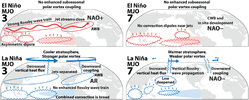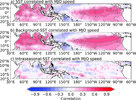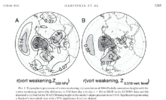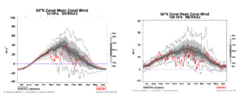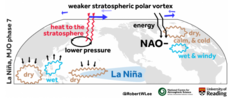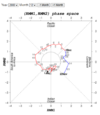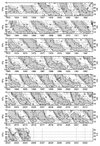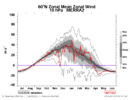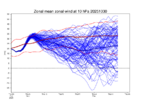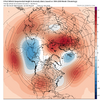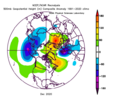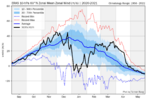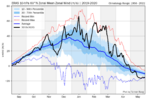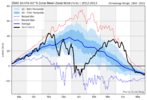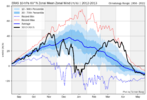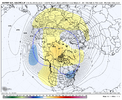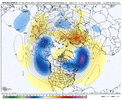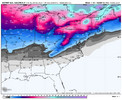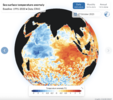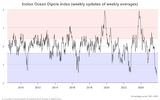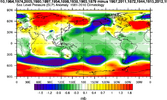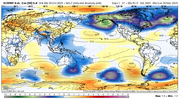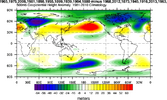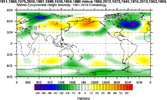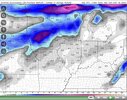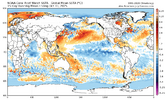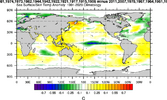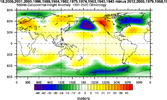Webberweather53
Meteorologist
Getting an MJO event to orbit into the Western Hemisphere (phase 8-1) a majority of the time relies on the extratropical circulation carrying the signal along, because the SSTs aren't warm enough outside of the Indo-Pacific to couple directly with the ocean, except perhaps in big El Niño events.
Having a negative NAO makes these western hemisphere MJO orbits more likely to occur because the extratropical waves penetrate deeper into the tropics during -NAO:
You can basically think of this as a positive feedback, where the presence of a -NAO makes a phase 8-1 MJO more likely to occur, which also favors -NAO, etc.
https://journals.ametsoc.org/view/journals/clim/34/23/JCLI-D-21-0153.1.xml
Having a negative NAO makes these western hemisphere MJO orbits more likely to occur because the extratropical waves penetrate deeper into the tropics during -NAO:
You can basically think of this as a positive feedback, where the presence of a -NAO makes a phase 8-1 MJO more likely to occur, which also favors -NAO, etc.
https://journals.ametsoc.org/view/journals/clim/34/23/JCLI-D-21-0153.1.xml

